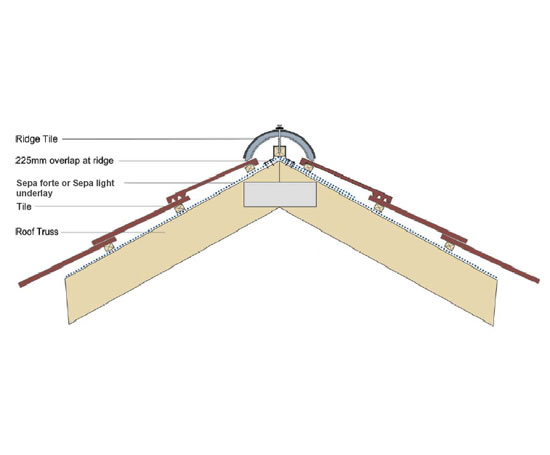For anyone living in a damp climate (such as England), who might also be thinking of building their WFO in a roofed enclosure, I would say this:
Make sure you can easily remove or displace at least one or two of the roof tiles. (The ridge and verge tiles have to be fixed, obviously.) It won't be possible with flat slates, where every one has to be fixed. But interlocking concrete or clay tiles, which hang on the battens, are suitable.
This is necessary for periodic curing, in order to allow steam to escape.
I started a mini-cure on my WFO yesterday, after a prolonged period of torrential rain and non-use. I pulled out some of the rockwool lagging just to help it breathe. (The actual dome is covered with ceramic blanket fixed on with adhesive.) You would not believe the steam and condensation! Obviously the drying process cannot take place if steam can't get out, which worst-case, could condense on the underside of the roof tiles, run down and ultimately end up under your cooking floor!
Just a thought...
Make sure you can easily remove or displace at least one or two of the roof tiles. (The ridge and verge tiles have to be fixed, obviously.) It won't be possible with flat slates, where every one has to be fixed. But interlocking concrete or clay tiles, which hang on the battens, are suitable.
This is necessary for periodic curing, in order to allow steam to escape.
I started a mini-cure on my WFO yesterday, after a prolonged period of torrential rain and non-use. I pulled out some of the rockwool lagging just to help it breathe. (The actual dome is covered with ceramic blanket fixed on with adhesive.) You would not believe the steam and condensation! Obviously the drying process cannot take place if steam can't get out, which worst-case, could condense on the underside of the roof tiles, run down and ultimately end up under your cooking floor!

Just a thought...







Comment